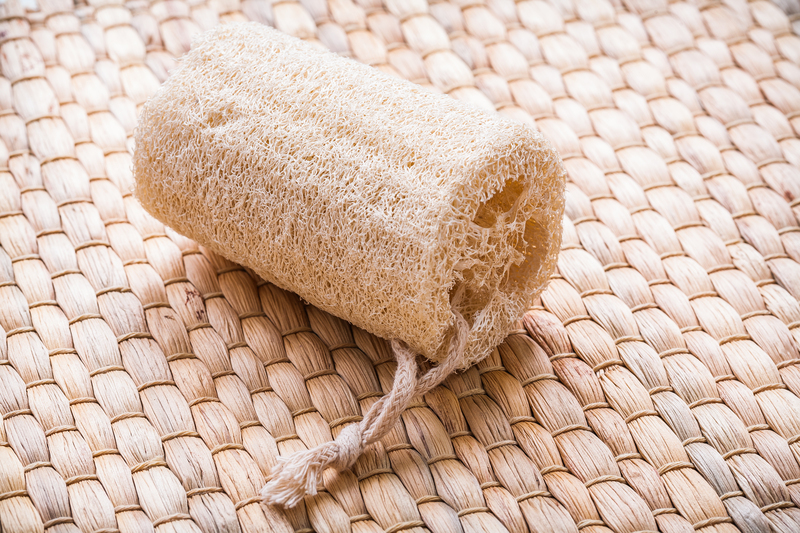Home Dehumidification Tips
Posted on 26/10/2024
Dealing with excessive humidity in your home can be a challenge, but managing moisture is essential to maintaining a healthy living environment. Unchecked humidity can lead to the growth of mold and mildew, cause structural damage, and promote an uncomfortable indoor atmosphere. In this article, we'll dive into several effective home dehumidification tips to help you create a healthier, more comfortable living space.
Why Dehumidification is Important
Excess humidity can create numerous problems in your home, ranging from health concerns to structural damage. Mold growth is one of the most significant health risks associated with high humidity, as it can lead to respiratory issues, allergies, and other ailments. In addition, excessive moisture can damage walls, floors, and furniture, causing costly repairs. By keeping humidity levels in check, you can prevent these issues and ensure a more comfortable living environment.

Identifying High Humidity Levels
The first step in addressing humidity issues is to identify whether your home has high humidity levels. Typically, a humidity level of 30-50% is ideal for most indoor spaces. You can use a hygrometer to measure the humidity levels in different areas of your home. Other signs of high humidity include condensation on windows, musty odors, and visible mold growth.
Tips for Reducing Indoor Humidity
1. Use Dehumidifiers
Dehumidifiers are one of the most effective tools for reducing indoor humidity. These devices work by drawing in moist air, removing the excess moisture, and then expelling dry air back into the room. Place dehumidifiers in areas where humidity is most prevalent, such as basements, bathrooms, and kitchens.
2. Improve Ventilation
Proper ventilation is key to managing indoor humidity. Make sure your home has adequate ventilation by using exhaust fans in bathrooms and kitchens, opening windows to allow fresh air inside, and using ceiling fans to promote air circulation. Additionally, consider installing a whole-house ventilation system if your home suffers from chronic humidity issues.
3. Seal Leaks and Cracks
Moisture can enter your home through leaks and cracks in the walls, windows, and doors. Inspect your home for any potential entry points and seal them with weatherstripping or caulk. This will not only help reduce humidity but also improve your home's energy efficiency.
4. Use Moisture-Absorbing Materials
Certain materials, such as silica gel packets and moisture-absorbing crystals, can help reduce humidity in smaller areas. Place these materials in closets, cabinets, and other enclosed spaces to keep moisture levels in check.
5. Fix Plumbing Issues
Leaky pipes and faucets can contribute to high humidity levels in your home. Regularly inspect your plumbing system for any signs of leaks and have them repaired promptly. Additionally, ensure that your home's drainage system is functioning properly to prevent water buildup around the foundation.
6. Maintain Your HVAC System
Your home's heating, ventilation, and air conditioning (HVAC) system plays a crucial role in controlling indoor humidity. Regularly clean and maintain your HVAC system to ensure it is operating efficiently. Replace air filters as needed and schedule annual inspections with a professional technician.
7. Dry Laundry Outside
Drying your laundry indoors can significantly increase indoor humidity levels. Whenever possible, dry your clothes outside or use a clothes dryer that vents to the outside. This will help keep excess moisture out of your home.
Pros and Cons of Home Dehumidification
Pros:
- Reduces the risk of mold and mildew growth
- Improves indoor air quality
- Prevents structural damage to your home
- Enhances overall comfort
- Can improve HVAC system efficiency
Cons:
- Initial cost of purchasing dehumidifiers and other equipment
- Ongoing maintenance and energy costs
- Potential noise from dehumidifiers

Takeaways
Managing indoor humidity is crucial for maintaining a healthy, comfortable home environment. By using dehumidifiers, improving ventilation, sealing leaks, and performing regular maintenance, you can effectively control moisture levels in your home. Remember to monitor humidity levels regularly and address any issues promptly to prevent long-term damage.
Conclusion
Excessive humidity can cause a variety of problems in your home, from health issues to structural damage. By following the tips outlined in this article, you can effectively reduce indoor humidity and create a more comfortable living space. Invest in the necessary tools and equipment, stay vigilant about potential moisture issues, and maintain your home's systems to keep humidity levels in check. With these strategies, you'll be well on your way to a healthier, more enjoyable home environment.







